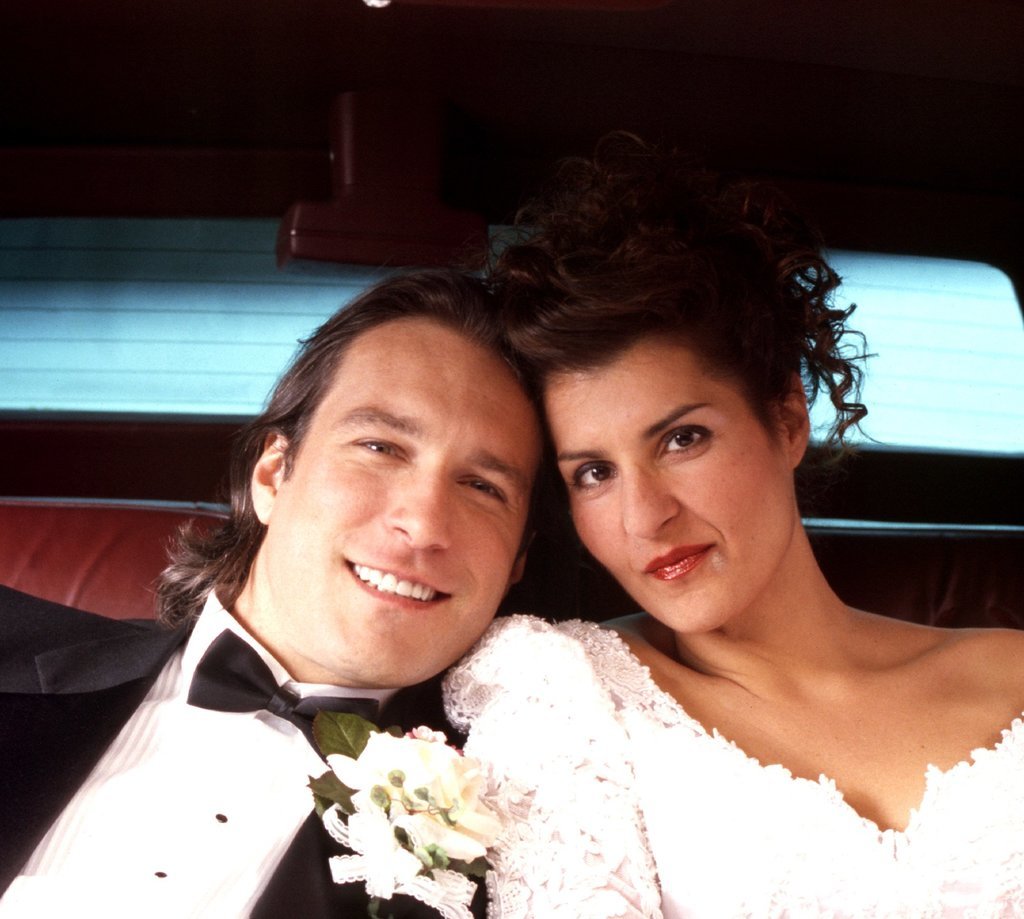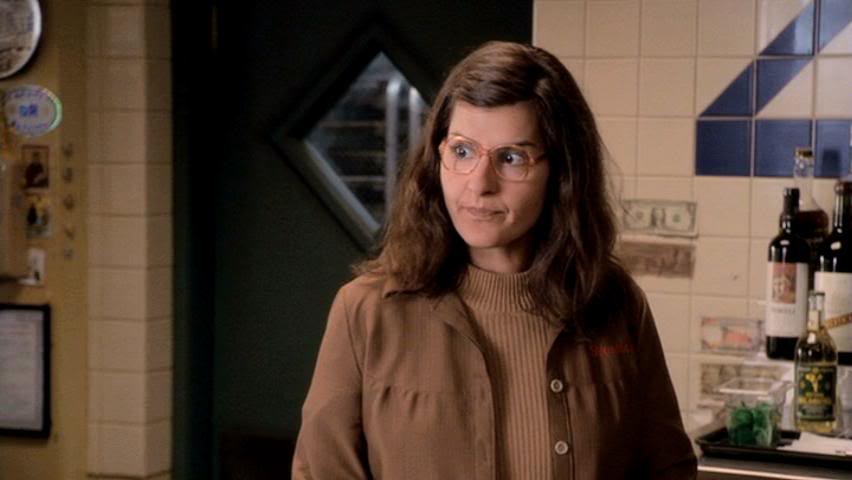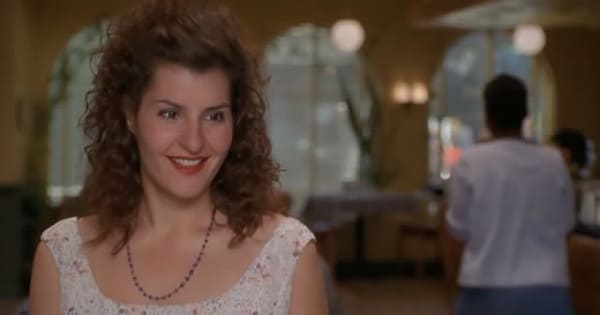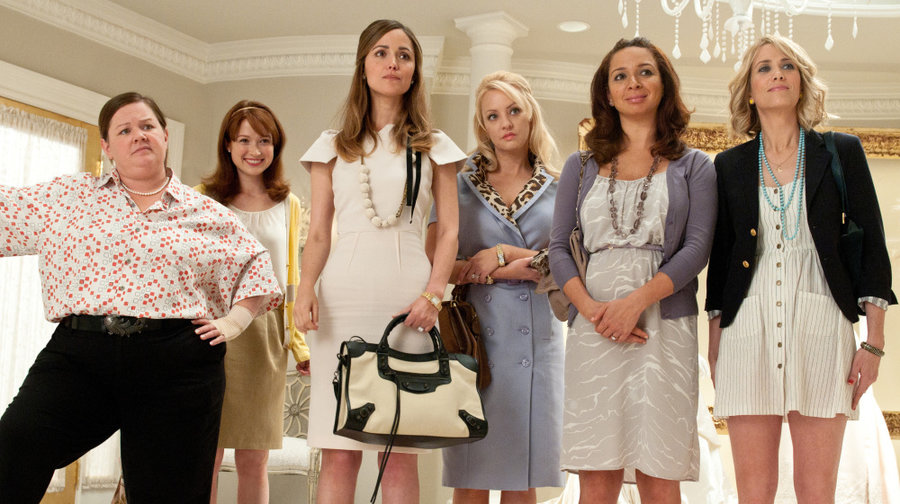The idea of the “mythical norm” comes from the African-American feminist writer\scholar Audre Lorde. She first introduced it in a paper she presented at Amherst College in April 1980, entitled “Age, Race, Class, and Sex: Women Redefining Difference.” According to Lorde, “Somewhere, on the edge of consciousness, there is what I call a mythical norm, which each one of us within our hearts knows "that is not me." In America, this norm is usually defined as white, thin, male, young, heterosexual, Christian, and financially secure. It is with this mythical norm that the trappings of power reside within this society” (2). Lorde’s “mythical norm” deals with the presence and absence of oppression and privilege – the assumption that those whose bodies and social positions adhere closer to the “mythical norm” will be better insulated from certain hardships of life. For the purposes of this article, I will focus more on the privilege aspect of the “mythical norm” than oppression.
The typical protagonist of the American wedding movie fits the mythical norm. She is a young, white, woman with a low body fat percentage and high salary, marrying a man. Let’s look at an example: Jane, Kathrine Heigl’s character from 27 Dresses (Fletcher, 2008)
The former examples have established the trend of the mythical norm’s presence in the American wedding movie. One question to ask is: why is this so prevalent? Granted, these films were made in a time with less overt awareness of race, class, gender, and sexuality issues, but, even then, women and men who do not fit the mythical norm were falling in love and getting married in the public eye. Why is the only wedding story worth representing belong only to the slim, white, middle-class female? Part of it has to do with marketing. The women of the mythical norm are the target audience of these movies, and, if they can see themselves in the narrative, they will (hopefully) be more successful at the box office. This worked with 27 Dresses, which made back almost all of its $30 thousand budget in its opening weekend, and doubled that figure by the end of its run in theaters (IMDB). When films with the mythical norm as a driving force do well, it only perpetuates the trope. White male producers think this is what women want because this is what society has told them women want. Women working in the mainstream movie industry often don’t correct them because of the power imbalance, the social expectation that it is what they should want, and the money.
From a socio-cultural angle, it is often the most privileged in society – those who totally embody Lorde’s mythical norm – who create culture, especially mass culture. The tradition of men making “women’s films” could be another article entirely. They are reflecting what they know and what they have seen around them: whiteness, and the women of the mythical norm. Even when women are involved in writing, producing, or directing a film, she usually works with men in the other big production roles. (27 Dresses breaks tradition here, with a female scriptwriter and a female director.)
However, often as culture changes, popular culture changes with it. Bridesmaids (Feig, 2011) serves as a counterexample to the mythically normative films mentioned above. While Annie (Kristen Wiig), the protagonist is very much a product of the mythical norm, she does not also get to play the bride role. That goes to her best friend, Lillian (Maya Rudolph).
Cultural scholars can and should critique wedding movies for their role in perpetuating classicism, heteronormativity, and white, thin, and “pretty” privilege, along with feeding women’s drive to have the Pinterest-perfect, cake-topper, wedding. However, lambasting the genre will not make it go away. Weddings are significant cultural and personal events, and should not be excluded from onscreen representation. I believe wedding movies will become even more enjoyable when they reflect our multicultural, diverse, world instead of just the “single white female” experience.
Austen, Jane. Pride and Prejudice New York: Modern Library, 1995. Print
“Box Office\Business for 27 Dresses” IMD, n.d. http://www.imdb.com/title/tt0988595/business?ref_=tt_dt_bus Accessed 11\5\17
Lorde, Audre. “Age, Class, and Sex: Women Redefining Difference” https://www.colorado.edu/odece/sites/default/files/attached-files/rba09-sb4converted_8.pdf
Accessed 11\5\17
“Wedding Industry in the United States” Wikipedia, n.d. https://en.wikipedia.org/wiki/Wedding_industry_in_the_United_States Accessed 11\5\17






 RSS Feed
RSS Feed
